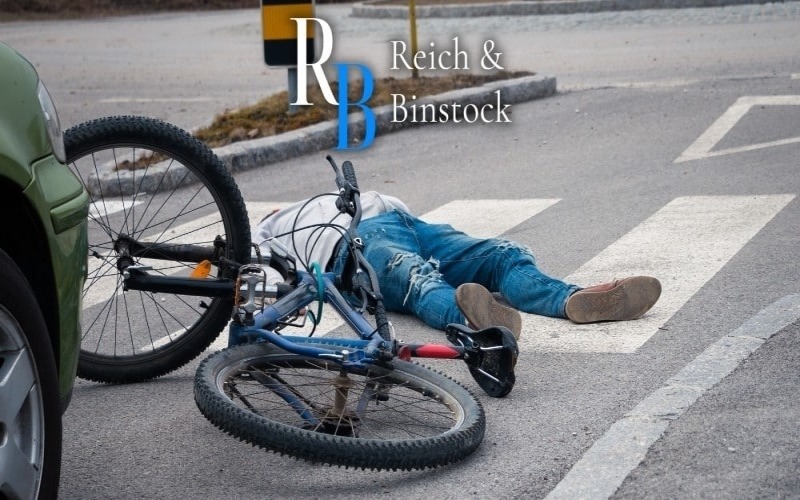Bicycling in Houston can be both exhilarating and dangerous. Houston’s infrastructure plays a significant role in safety. The city’s road design, traffic laws, and cycling paths impact accident rates. When cyclists navigate these streets, they face risks due to inadequate infrastructure. Poorly maintained roads, limited bike lanes, and unclear traffic signals contribute to accidents. As a cyclist, understanding these hazards is crucial. If you face an accident, knowing your rights becomes important. A Houston bicycle accident and personal injury lawyer can guide you through legal challenges. They help ensure you receive fair compensation. Cyclists should know the infrastructure issues and their legal options. You need to be aware of the challenges on Houston’s roads. Addressing these problems is necessary to reduce accidents and improve cycling conditions. As more people turn to biking, focusing on infrastructure becomes more important. Safe cycling should be everyone’s priority.
Current Infrastructure Challenges
Houston’s infrastructure struggles with several issues that threaten cyclist safety. Potholes and uneven surfaces create hazardous conditions. Inadequate bike lanes force cyclists to share space with motor vehicles, increasing collision risks. Traffic signals often lack visibility for cyclists, causing confusion and accidents. Understanding these challenges helps you anticipate and respond effectively.
Comparison of Bicycle Facilities in Houston vs. Other Cities
| City | Total Bike Lanes (Miles) | Accident Rate per 1,000 Cyclists |
| Houston | 300 | 8 |
| Austin | 500 | 5 |
| Portland | 675 | 3 |
The table shows that Houston has fewer bike lanes compared to cities like Austin and Portland. This lack of infrastructure translates to higher accident rates. Expanding Houston’s bike lanes could improve safety and reduce accidents, similar to those in Portland.
Legal Implications for Cyclists
In the event of an accident, knowing your legal rights is critical. Liability in bicycle accidents often depends on road conditions and traffic law adherence. If you find yourself involved in an accident, legal guidance becomes invaluable. A Federal Highway Administration resource can provide further insights into traffic laws affecting cyclists. Ensuring that you have adequate representation ensures fair treatment and compensation.
Improving Infrastructure for Safety
Improving Houston’s infrastructure requires community and governmental efforts. Investing in more bike lanes, better road maintenance, and enhanced traffic signals is crucial. By prioritizing these improvements, Houston could see a noticeable decline in accident rates. Initiatives like the National Highway Traffic Safety Administration offer useful data and strategies to enhance road safety for all users.
Community Involvement and Advocacy
Community involvement plays a vital role in advocating for better infrastructure. By joining local advocacy groups, you can influence policy changes. Participating in city council meetings and public forums helps raise awareness about cyclist safety. Community support pushes for necessary changes, leading to safer streets for everyone.
Conclusion
To ensure cyclist safety, understanding Houston’s infrastructure is essential. Recognizing the current challenges allows you to navigate safely and take necessary precautions. Knowing your legal rights provides protection in case of accidents. Improving infrastructure requires collective efforts from both the community and authorities. Focusing on these aspects promotes safer environments for cyclists, reducing accident rates effectively. Prioritizing infrastructure improvements ensures that cycling remains a safe and viable transportation option in Houston.
